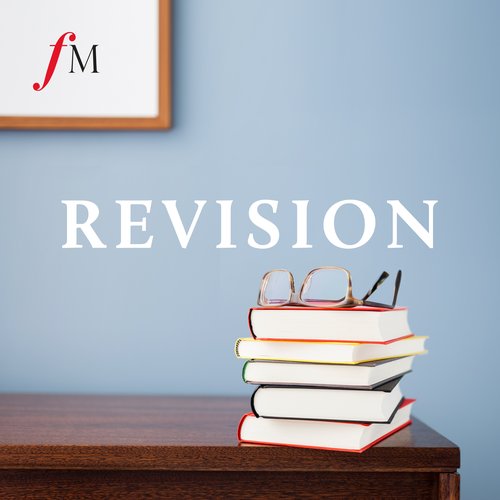The treasures of the Royal College of Music
London's Royal College of Music, based in South Kensington, is one of the world's most prestigious places to study music. It also houses a library of historic manuscripts and a museum of antique instruments. Here are some of the highlights of the college's collection
-
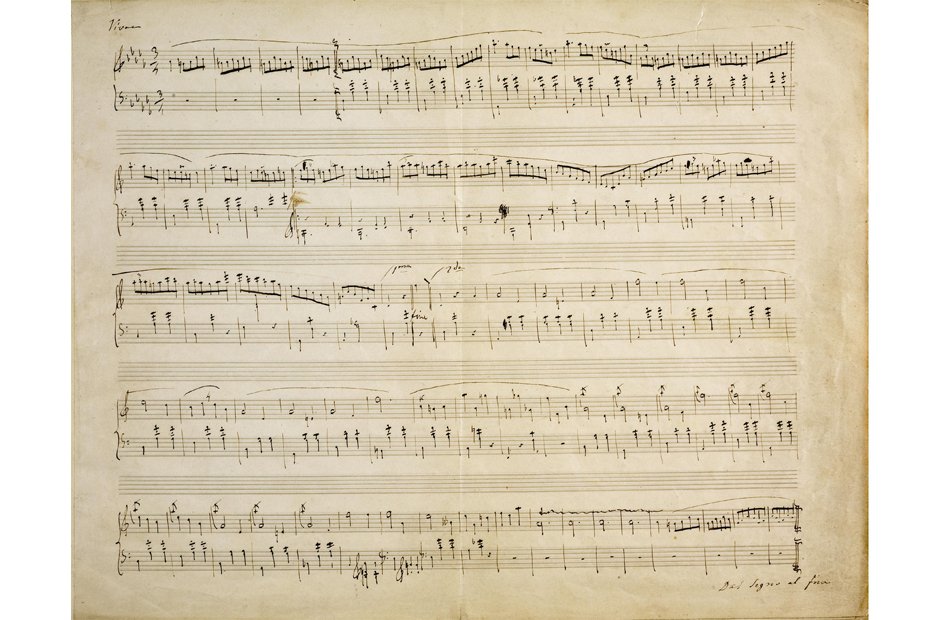
1. Chopin's Waltz in D flat
One of several autograph manuscripts and sketches of Chopin’s celebrated “Minute Waltz”, given to his pupil Juliette von Caraman and later presented to the RCM by the widow of the pianist Holden White. There are several variations from the edition published later in the same year.
-
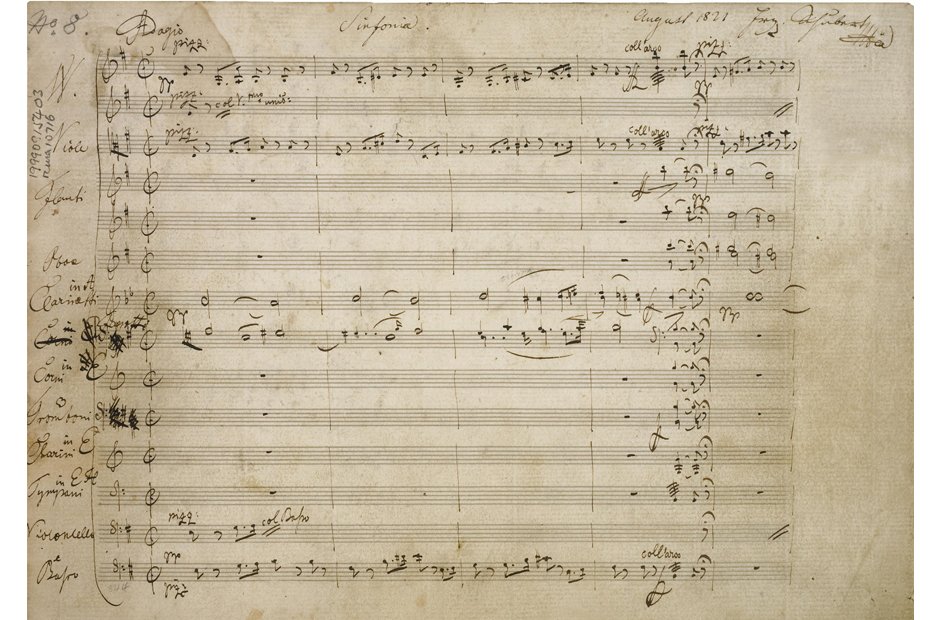
2. Schubert's Symphony No. 7 in E D729 (unfinished)
Autograph manuscript, 1821 Opening bars of the first movement: Adagio. Only the first 10 folios are fully scored although outline sketches throughout all four movements follow. Ferdinand Schubert gave the manuscript to Felix Mendelssohn whose brother, Paul, sent it to Sir George Grove, first Director of the RCM.
-
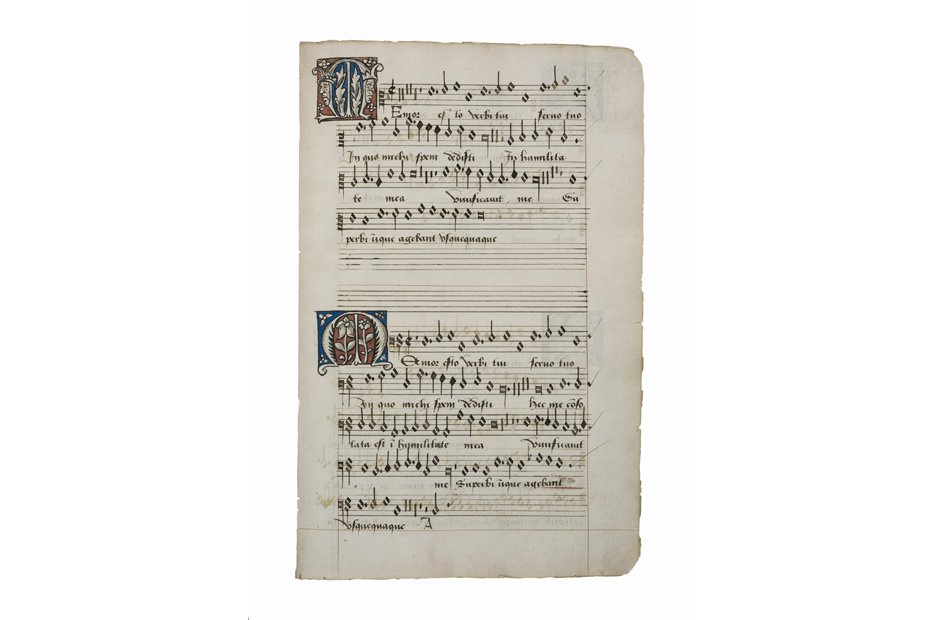
3. Anne Boleyn's song book
An early 16th-century choir book containing 39 Latin motets and 3 French chansons by Franco-Flemish composers. Evidence suggests that it was prepared for Anne Boleyn.
-
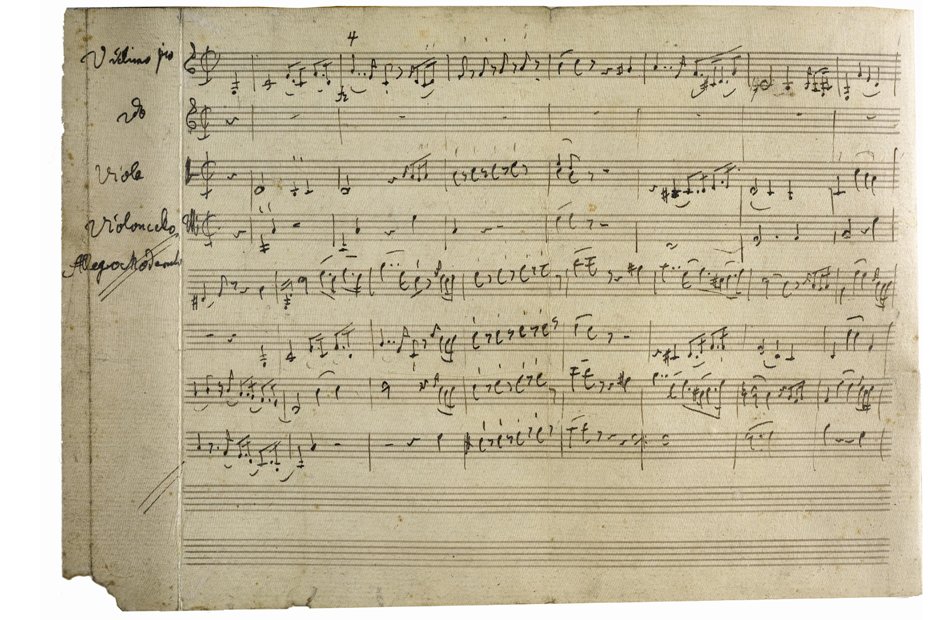
4. Haydn's String Quartet in C major Op. 64 No. 1
The six quartets in opus 64 were dedicated to Johann Tost, leader of the second violin section at Esterháza from 1783-1788.
-
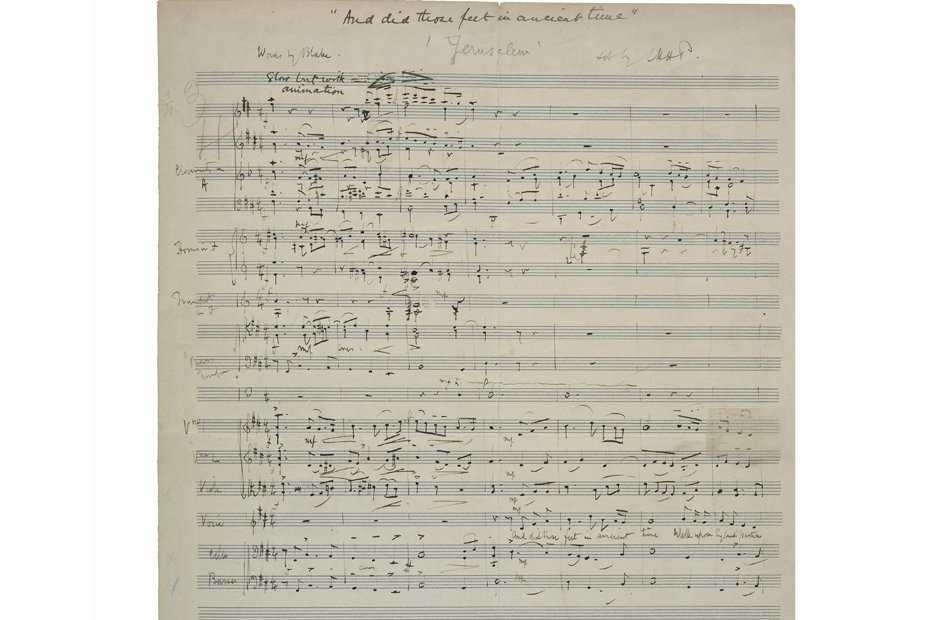
5. Jerusalem by Hubert Parry
At its first performance at a meeting of “Fight for Right” on 28 March 1916, Jerusalem was sung with organ accompaniment, but Parry later orchestrated it for use at large-scale concerts, and in 1922 Elgar re-orchestrated it in the version that's best-known today.
-
-
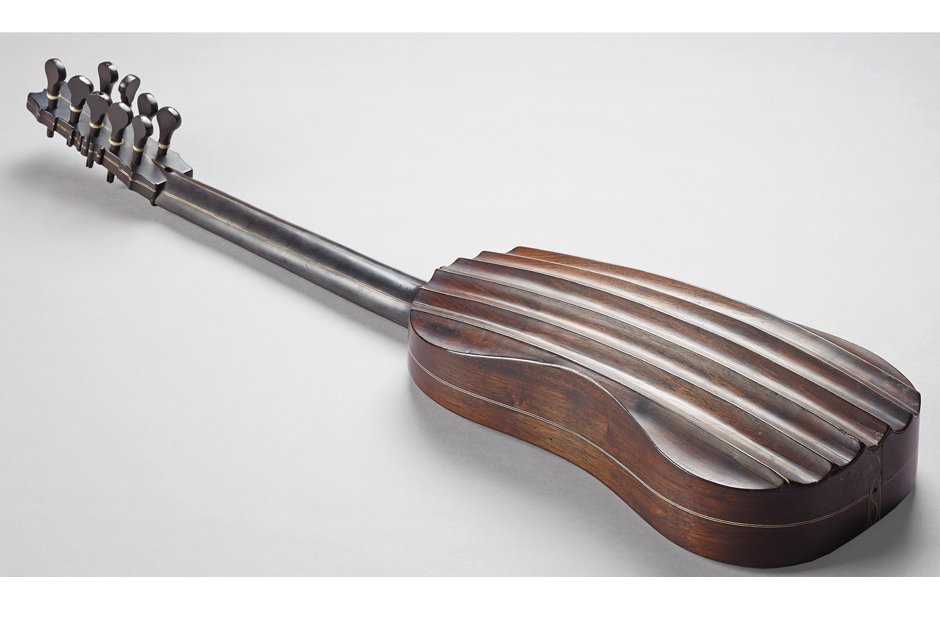
6. Guitar from 1581 by Belchior Dias
This beautiful guitar was made in 1581 in Portugal by a maker called Belchior Dias
-
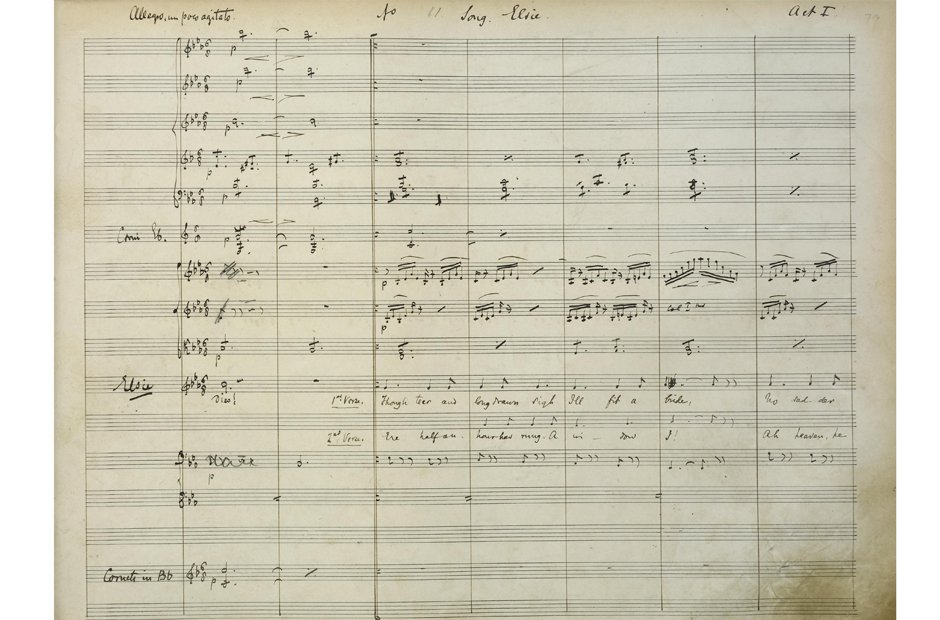
7. The Yeoman of the Guard by Arthur Sullivan
Elsie’s song “Though tear and long-drawn sigh I’ll fit a bride”. Sullivan was Director of the National Training School for Music, a forerunner of the RCM in South Kensington.
-
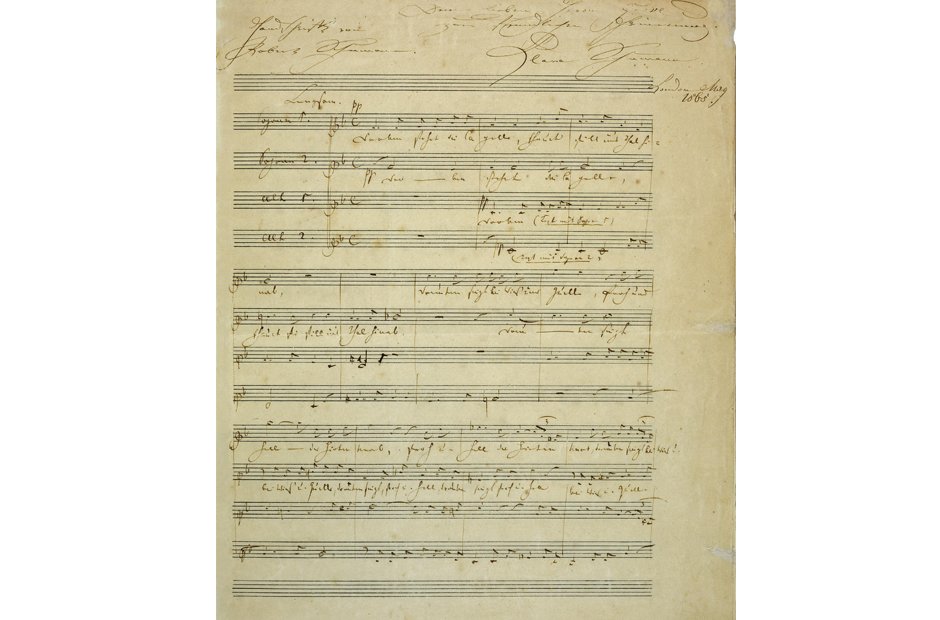
8. Robert Schumann's Die Capelle
Romanze for women’s voices. The inscription by Clara Schumann to Sir George Grove, dated 1865, confirms that the manuscript is in Robert Schumann’s hand.
-
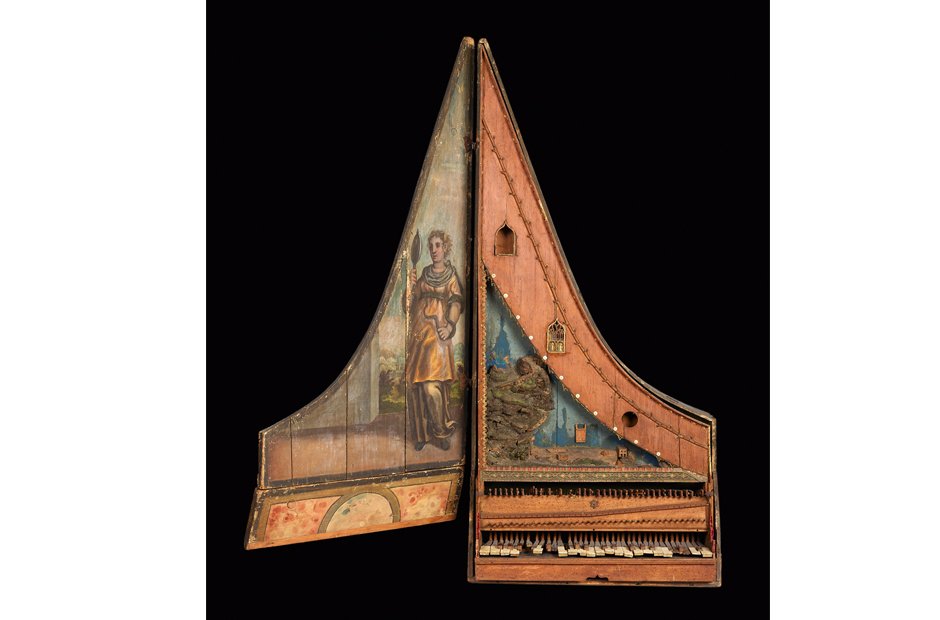
9. The earliest surviving stringed keyboard instrument – the Clavicytherium
This instrument, from around 1480, was made in South Germany. It's an upright single-strung harpsichord in an outer case and is believed to be the earliest surviving stringed keyboard instrument.
-
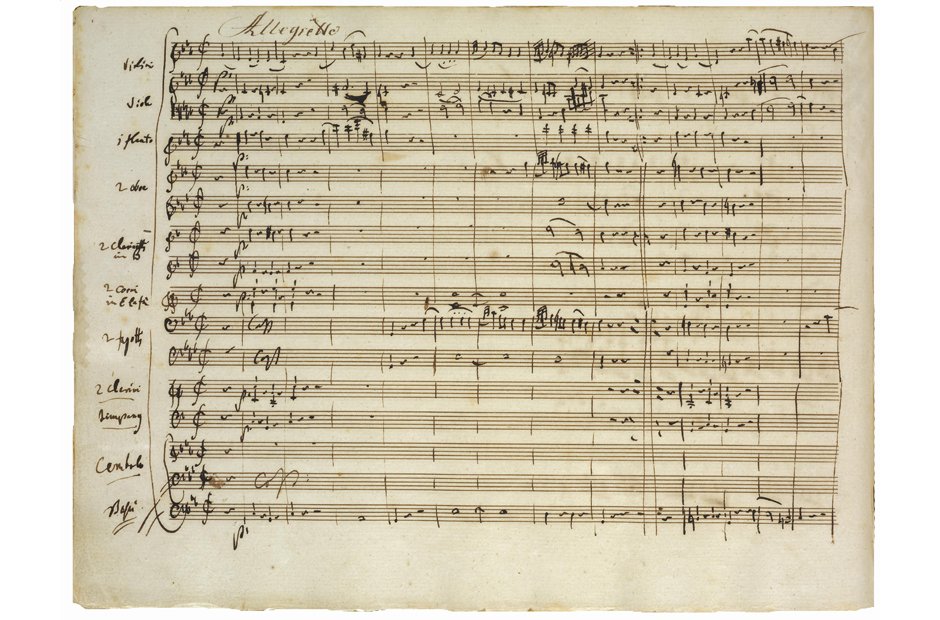
10. Mozart's Concerto for Piano and Orchestra in C minor, K491
Completed on 24 March 1786, the concerto was first performed at a concert for Mozart’s own benefit at the Burgtheater in Vienna on 17 April 1786.
-
-
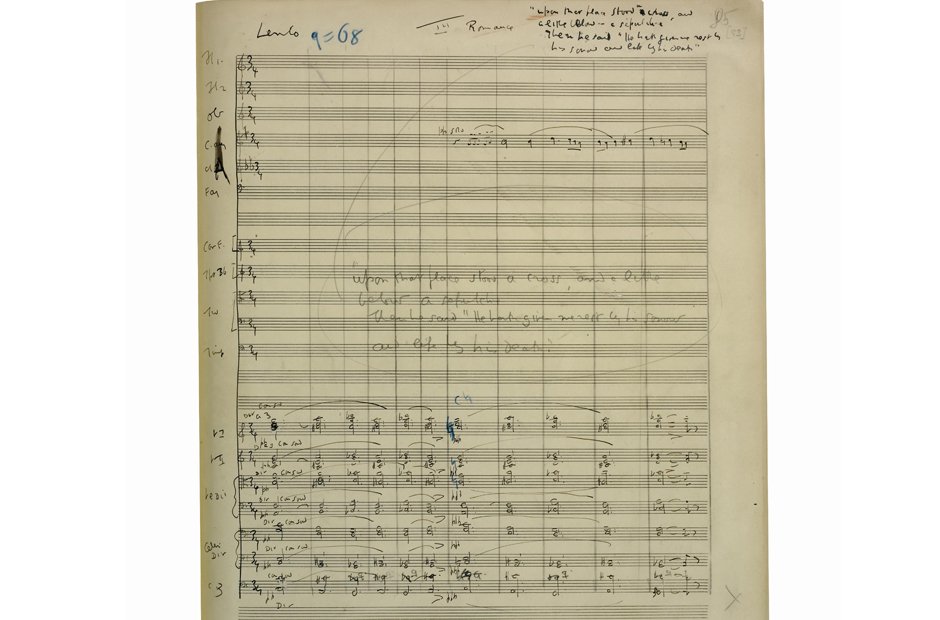
11. Vaughan Williams Symphony No.5
Opening of 3rd movement Romanza, showing it originally prefaced by Bunyan’s words “Upon this place stood a cross, and a little below a sepulchre”, also used by the composer in The Pilgrim’s Progress.
-
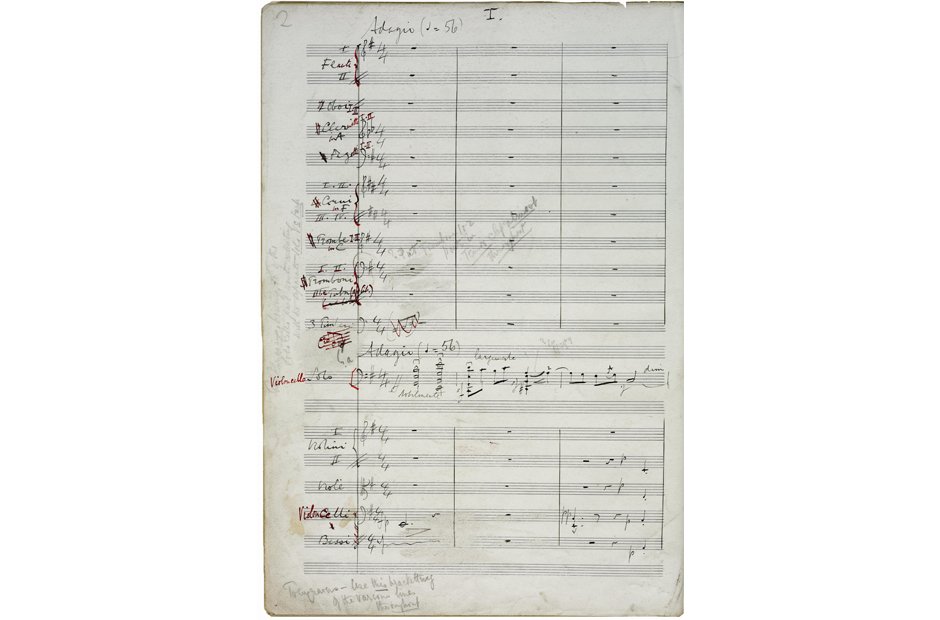
12. Elgar's Cello Concerto
Opening bars of the first movement Adagio of Elgar’s last major orchestral work, written at Brinkwells, Sussex in 1918 and 1919 and first performed by Felix Salmond at the Queen’s Hall, 27 October 1919.
-
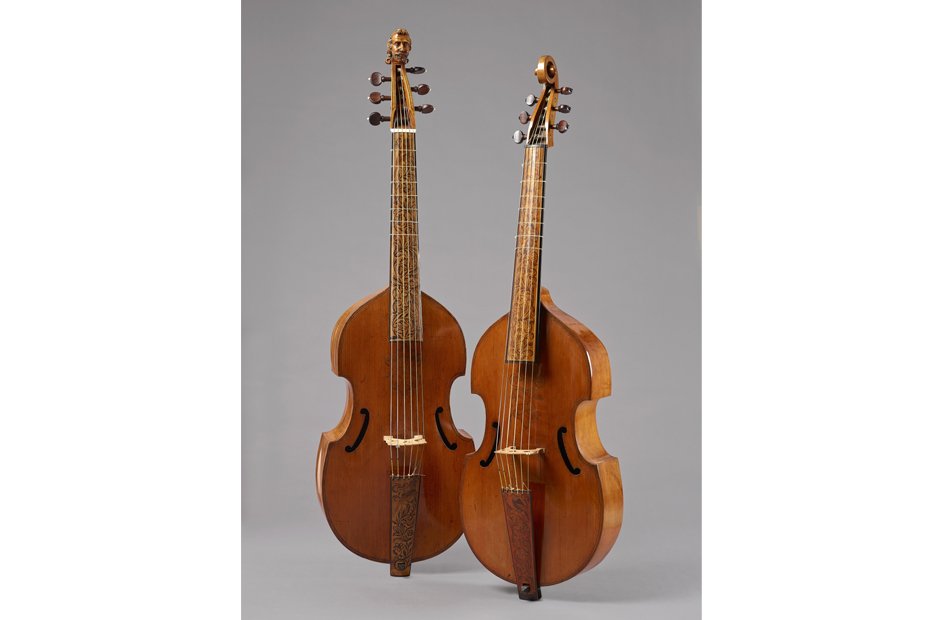
13. Barak Norman Viols
These two viols made by Barak Norman (1651-1724), one of the most important early English stringed instrument makers.
-
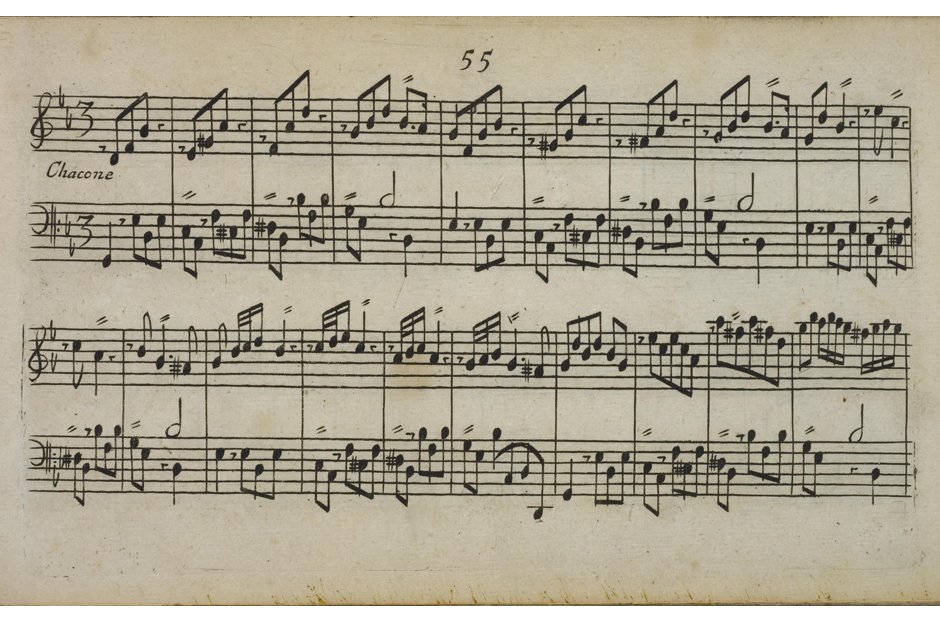
14. A Chaconne by Purcell
This fine early example of copperplate engraving is from the first collection of keyboard music in England to be devoted to a single composer.
-
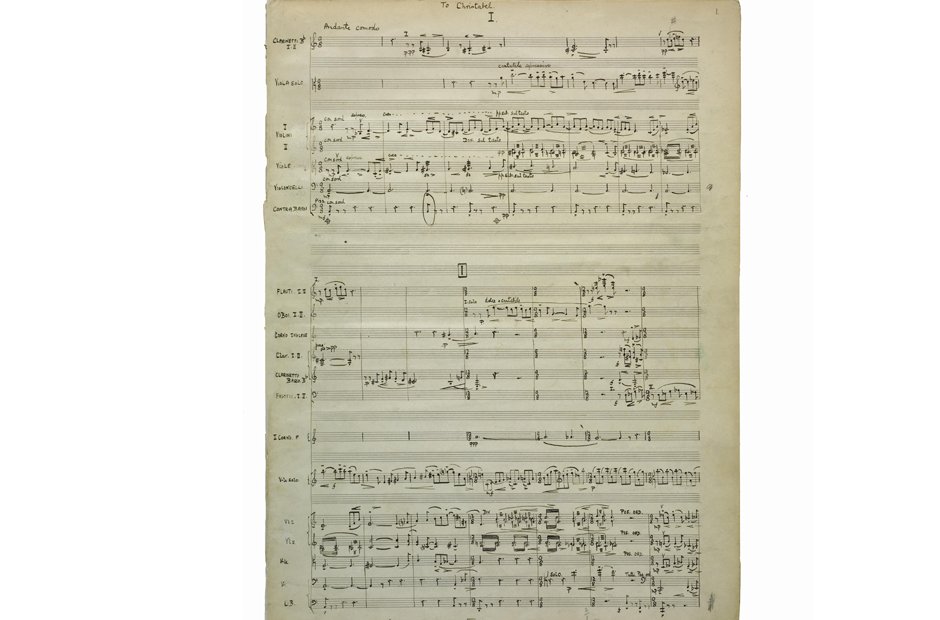
15. Walton's VIola Concerto
Written largely in Amalfi, the concerto was first performed at the BBC Proms in 1929 with Paul Hindemith as the soloist.





















